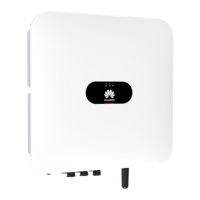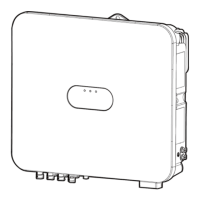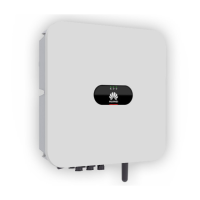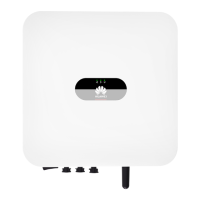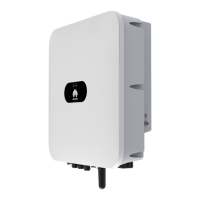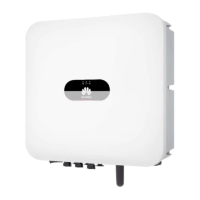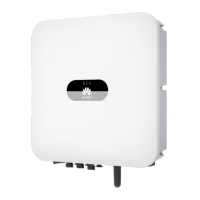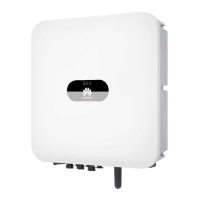4 Application Scenarios and Settings
The LUNA2000 battery is mainly used in grid-tied systems of residential rooftop
PV plants and small-scale PV plants in industrial and commercial scenarios. The
system can be classied into the following three types based on application
scenarios:
● Grid-tied energy storage system (ESS)
● Grid-tied and o-grid ESS
● O-grid ESS
Multiple working modes can be set, such as maximum self-consumption, TOU
(time-of-use), and fully fed to the grid.
● The LUNA2000 batteries can be used only with DTSU666-HW, YDS60-80,
YDS70-C16, YDS60-C24, DDSU666-H and DTSU666-H meters.
● If no PV module is installed in the system, only the TOU mode is supported.
● In the non-EMMA networking scenario, the ESS working mode can be set to
TOU or Max. self-consumption only after a power meter is installed.
● If an inverter (without a Smart Dongle) is disconnected from the network of
cascaded inverters and to be used separately, the inverter needs to be restored
to factory settings.
4.1 Grid-tied ESS
4.1.1 Grid-tied ESS Networking
Networking 1: Single Inverter
The grid-tied ESS consists of PV strings, LUNA2000 batteries, inverter, AC switch,
loads, power distribution unit (PDU), power meter, and grid.
The PV string converts solar energy into electric energy, which is then converted by
the inverter to power loads or be fed to the grid.
LUNA2000-(5-30)-S0
User Manual 4 Application Scenarios and Settings
Issue 15 (2024-01-12) Copyright © Huawei Digital Power Technologies Co., Ltd. 35

